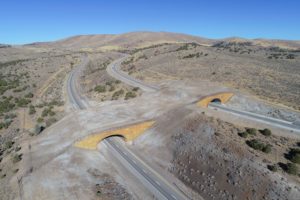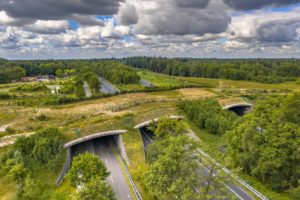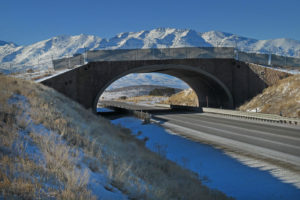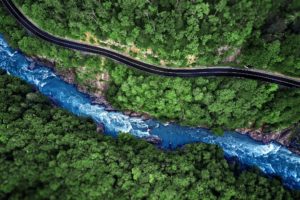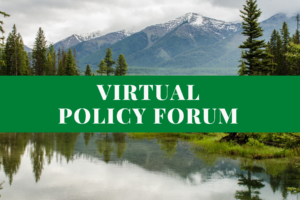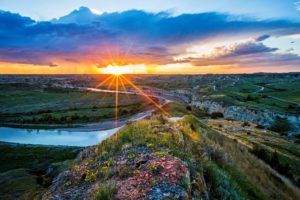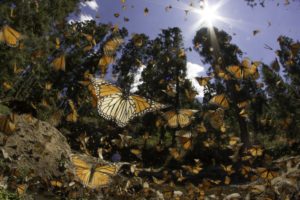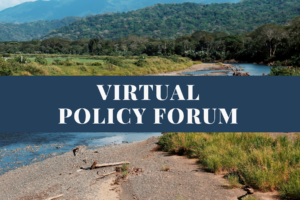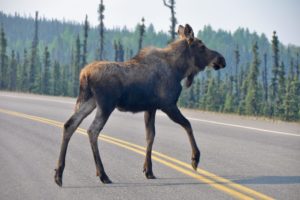Bipartisan Infrastructure Package Provides Critical Funding to Reduce Wildlife-Vehicle Collisions
Marking an important step to safeguard both people and wildlife, the bipartisan infrastructure package that the U.S. Congress passed late Friday includes $350 million to construct wildlife road crossings. These structures reconnect important habitat and allow animals to pass safely over or under roadways, avoiding traffic. The legislation also makes projects to reduce wildlife-vehicle collisions eligible for funding in other transportation programs. The provisions in this legislation will help safeguard biodiversity while stimulating the U.S. economy, mitigating climate impacts, and reducing highway fatalities.
